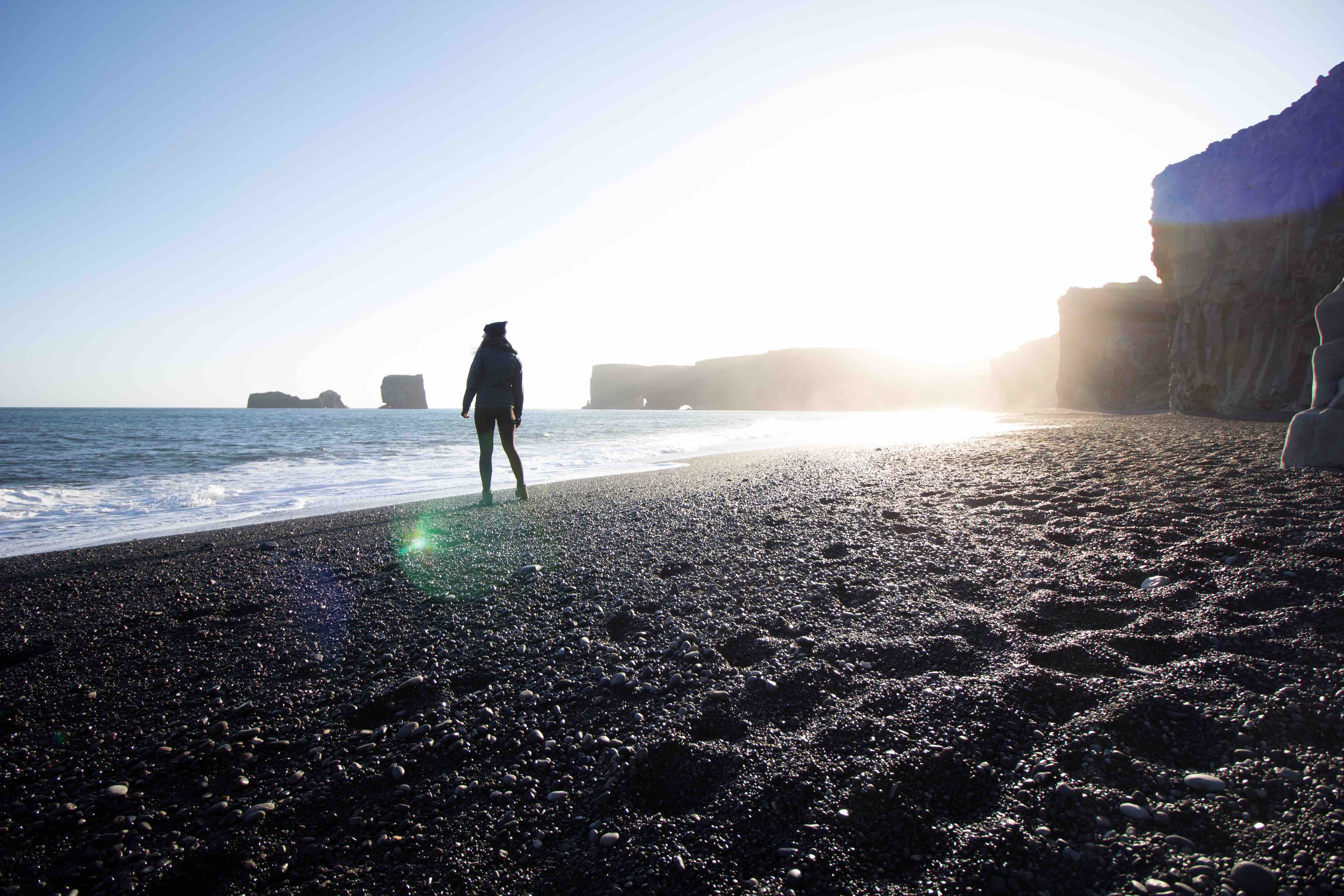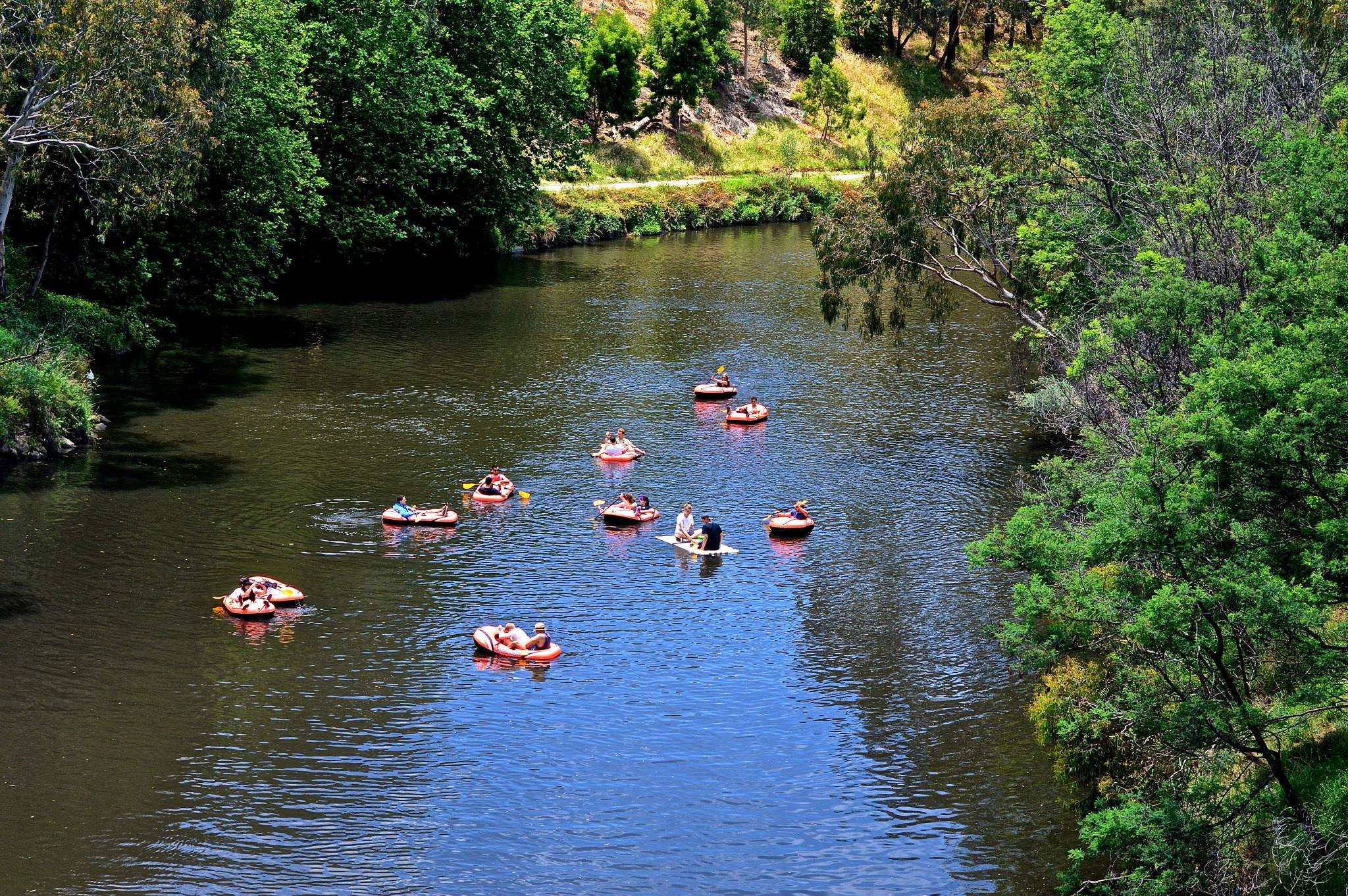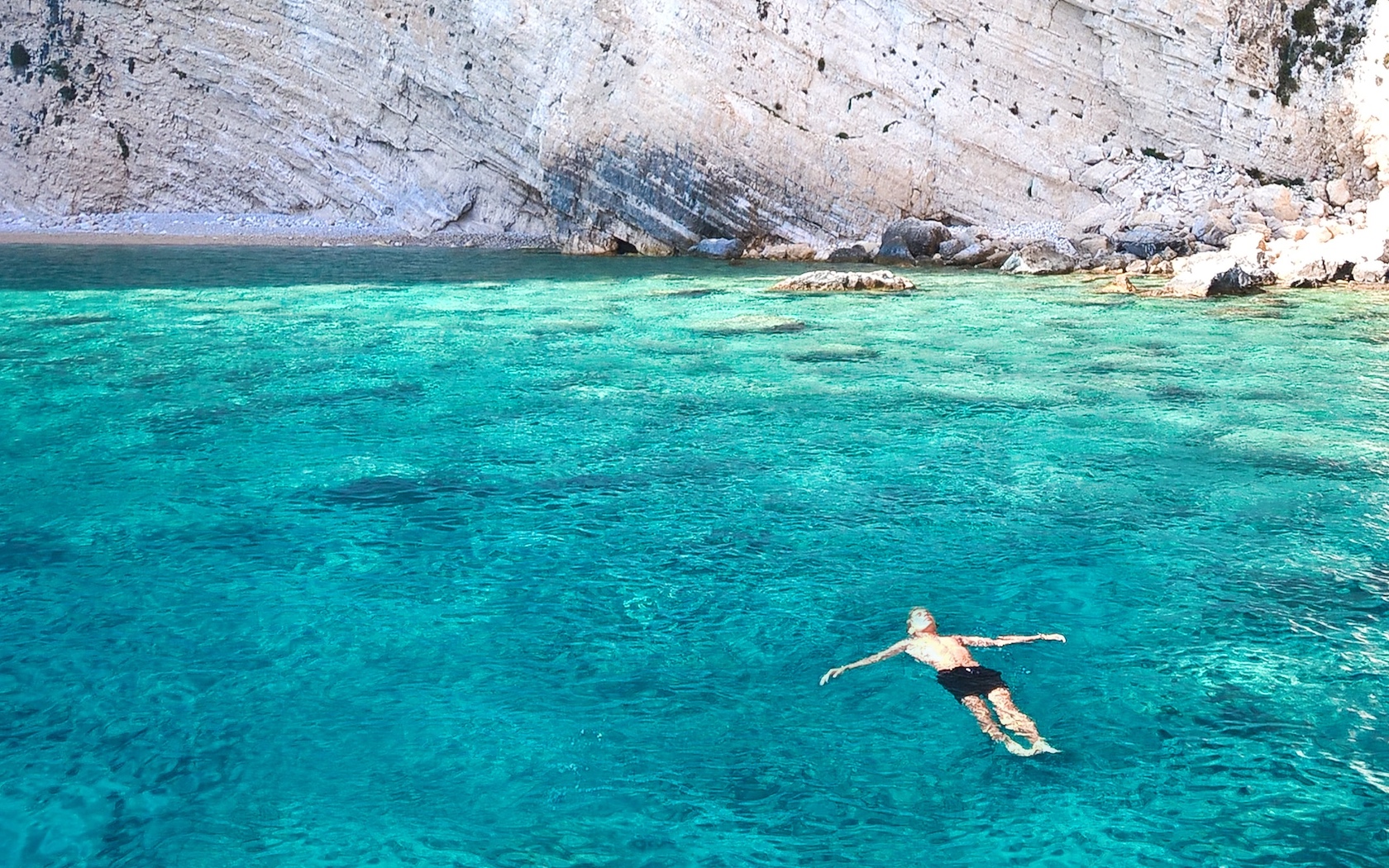Things You Should Know Before You Go To Iceland

Terri Coad is a Melbourne-based writer who is happiest when…
Iceland. This extraordinary land of ice and fire has fast become one of the most hotly bucket-listed places in the world, and it’s not hard to see why. Travelling Iceland is like travelling through the pages of a fantasy epic.
It’s a place where pristine glaciers are striped black with volcanic ash, waterfalls hide in secret caverns, beaches are black as coal, and lagoons are filled with creaky icebergs making their slow passage out to sea.

It’s a culture writ by vikings; its legends are woven inextricably into the landscape. Iceland is an utter enchantment, but take heed – it can be a brutal as it is beautiful, so it’s important to know what to expect. Here are the things you should know before you head over to see this magical part of the world yourself.

What time of year should you travel?
Iceland is a vastly different destination from season to season. Peak tourism season runs in the summer months from June to August when the days are mild and long – the midnight sun hits around mid-June – and ripe for exploration. The highland roads open, making hiking tracks in the interior national parks accessible. The official camping season runs from mid-May to mid-August, during which time campsites with full facilities are open across the country. The whales come to feed in the warming waters; you’re near-guaranteed a spotting in Húsavík’s Skjálfandi bay. Puffins also come to nest from April to September.

For all the perks of summer travel, it’s a charm for the masses and you’ll be sharing your travels with many others after their own Icelandic adventure. If you’re keen to avoid the crowds, the low season (October through April) and the shoulder seasons (September and May) are almost resoundingly quiet – though access to certain attractions and facilities will be limited. In winter months the days are short, but the darkness gives way to that magical drawcard; the aurora borealis. You’ll only catch the Northern Lights in the low season, and it’s a glorious trade-off.

Iceland’s weather is a fickle beast
Hand-in-hand with the seasons, naturally, is the weather. Hot tip: no matter what time of year you’re travelling, plan for all of them. Iceland’s weather is totally unpredictable. A magical, sunny morning by the beach can very well end in an afternoon battling through snowstorms. Luckily, Iceland has two excellent resources for keeping ahead of the game: use vedur.is for frequent weather updates (this site also has an aurora forecast for those chasing the Northern Lights), as well as road.is for up-to-date road conditions due to weather across the country (webcams are even set up along roads to give you a near-live view). The elements reign supreme in Iceland, so approach with care and preparation.


Hit the (Ring) Road
Grabbing a car and taking on Route 1, or the ‘Ring Road’, is the ideal way to explore Iceland, especially for first-timers. Follow this route around the country – with a few detours squeezed in here and there, to be sure – and you’ll pass through such an incredible expanse of changing landscapes in the shape of volcanoes, waterfalls, blustery beaches and frozen fjordlands (not to mention a delightful smattering of those cute Icelandic horses).

Budget at least a week for the whole loop, though 8-10 days is a more comfortable stretch for road-tripping. If you’ve got more time, you’re laughing.
It’s also crucial that you hire a vehicle equipped to take on the terrain you’ll be covering. If you’re tackling the tougher interior roads (F-roads) that open in summer, you’ll need a 4WD (and indeed will void your insurance if you drive in anything but).

The Ring Road itself is largely paved and suitable to drive in a 2WD in the summer months, though if you’re travelling in winter and even the shoulder seasons (remember that notoriously unreliable weather), then a 4WD is a good idea.

Note that any detours from the Ring Road are also rough gravel, so just know your capabilities when it comes to driving and prepare accordingly.
Prepare to stop all. the . time.
Iceland is, relatively, a pretty small country. You could technically gun around the Ring Road in its entirety in less than 24 hours. Of course, you’ll be taking things at a much gentler pace – though you might not quite anticipate just how gentle it will be. The south of Iceland in particular is jam-packed with attractions straight off the Ring Road, so if you’re driving the full route it could be a good idea to head counter-clockwise so that you meet this region with all of your holy-balls-Iceland-is-amazing energy first.
Just imagine this: in the less-than two-hour drive it takes from Selfoss to Vík, you’ll want to climb up into the cave behind Seljalandsfoss waterfall, soak in Seljavallalaug, a hidden hot spring built into a mountainside, catch rainbows in the mists of Skógafoss waterfall, wander the black stone beaches of Dyrhólaey and check out the amazing basalt columns at Reynisfjara. And that doesn’t even take into account the highland detours to Landmannalaugar or Þórsmörk in Iceland’s interior if you’re a summer traveller.
Iceland is crammed with an incredible bounty of things to see and do, so plan ahead to make time for as much of it as you can.
(All images: author’s own)
[qantas_widget code=LHR]Check out Qantas flights to London, the gateway to Europe.[/qantas_widget]
Terri Coad is a Melbourne-based writer who is happiest when combining her two great loves: food and travel. Find her over at littlewanderings.com.











